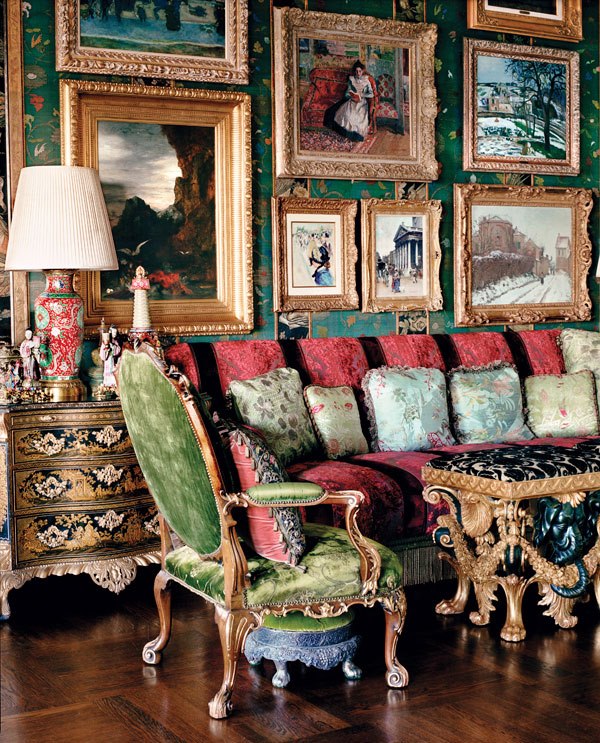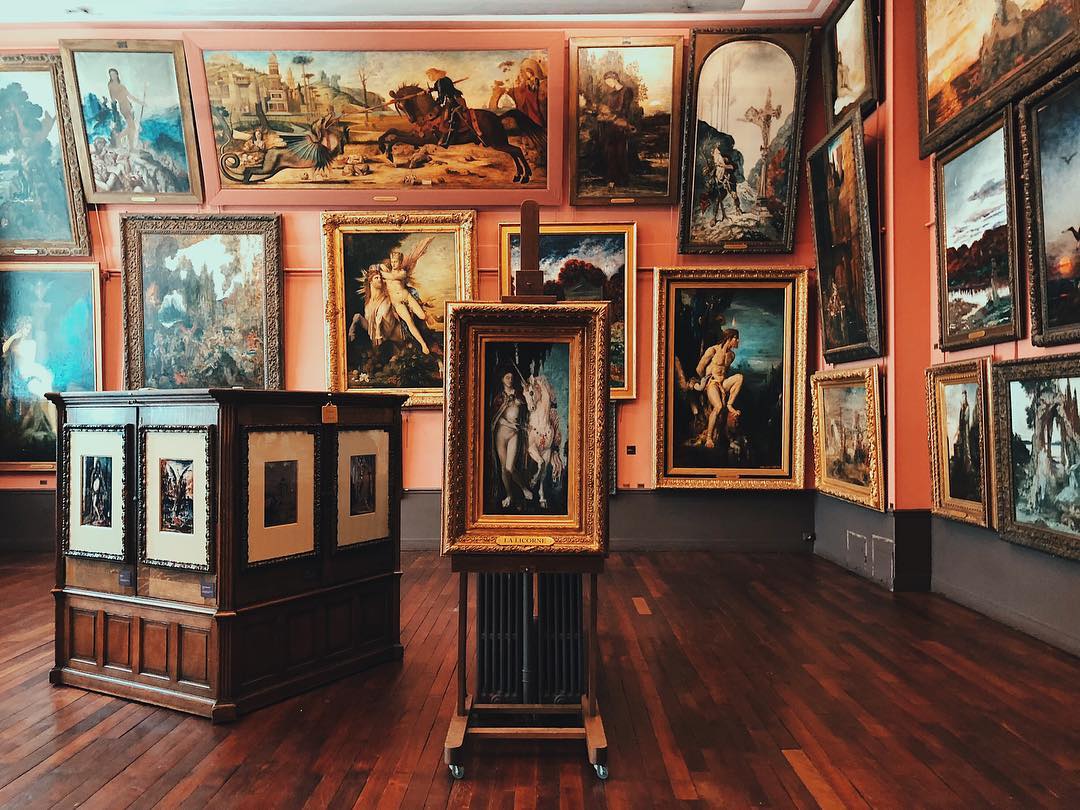A name perhaps little known, but fundamental in the history of painting. Here is the story of Gustave Moreau, the French artist.
Who was Gustave Moreau
Gustave Moreau (Paris, April 6, 1826 – Paris, April 18, 1898) was a French painter. It grows in one house of artists with father architect and mother passionate about music.
During the adolescence the passion for drawing emerges which becomes more and more important to the point that he will then transform it into his work.
He tries to pursue academic studies by enrolling in the School of Fine Arts, but understands that his vocation rejects the canons and is free.
So he is passionate about romantic artists and is inspired by them during its production. To crown his artistic maturity is the grand tour in Italy, which he performs together with Edgar Degas and Chavannes, which leads him to discover the art of the country, which is useful in the realization of some of his works
The beginning of the artistic career
Once back in the hometown he comes soon artistically recognized and starts exhibiting in salons.
He obtained great success from both the public and critics and thus began his career as a painter.

He creates works that merge the historical events to the myth through naturalism. A set of very different elements that make his compositions complex and unique. In 1892 he was proposed to pass on his passion to young people with the position of professor at the Academy of Fine Arts in Paris thus becoming the teacher he never had.
The style and importance of interpretation
Stylistically, he stands out for his ability to combine different symbols that make the interpretation of his works complex. This however allows the user to be truly involved and therefore not be a passive spectator.

A sort of agreement is therefore created with the artist who then grants a variety of personal meanings of his quado. It is clear, however, that to be able to understand Moreau’s works it is essential to have one knowledge of the myth which is often the key to his stories. His artistic influence will then be extremely relevant for exponents of surrealism such as Salvador Dalì or André Breton.

